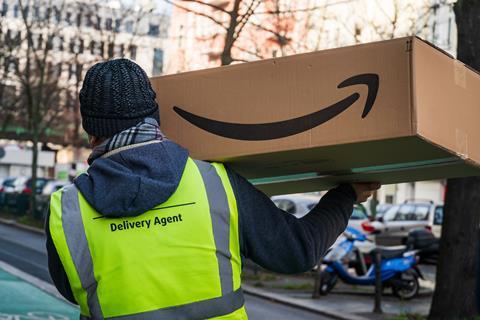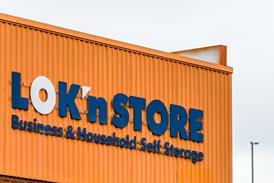Editor: It came as no surprise to learn that Treasury officials are weighing up plans for an online sales tax to rebalance the scales between booming online businesses and struggling high street retailers.

Amazon’s sales in the UK rose by 51.1% during 2020 to £19.4bn as those in lockdown became more reliant on home deliveries, with the company paying around £71.5m in business rates, giving it a rates-to-turnover ratio of just 0.4%.
In comparison, retail sales in physical shops across the UK fell 10.3% to £285.8bn.
Had it not been for the holiday writing off bills for shops, the business rates-to-turnover ratio would have risen to 2.9%, up from about 2.3% before the pandemic.
Business rates are a tax on physical property, calculated by reference to rents paid on a certain date that fund public services in a less distorted way than other taxes.
They are difficult to avoid, easy to collect and the government’s preferred method of taxation for non-domestic property.
Business rates are the appropriate method for taxing businesses’ different requirements for their commercial property needs. Punitive rates for warehouses or distorting the system isn’t the answer in addressing the structural issues facing our high streets.
While pure online retailers pay market rents for their facilities for which the commensurate tax is due, traditional bricks-and-mortar retailing is property-intensive, leading to a larger tax-to-turnover ratio.
While the government is right to formulate a coherent, long-term approach to taxing the digital economy, rather than paying down the deficit, any additional revenue raised should be ringfenced.
This could, in turn, be used to lower the multiplier, delivering upon the government’s manifesto pledge to reduce the overall burden of business rates.
Robert Hayton, UK president of property tax, Altus Group






























No comments yet